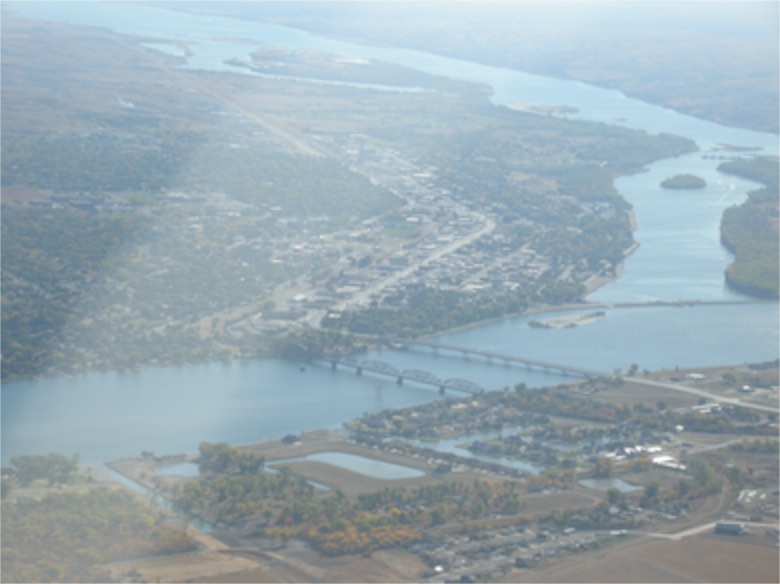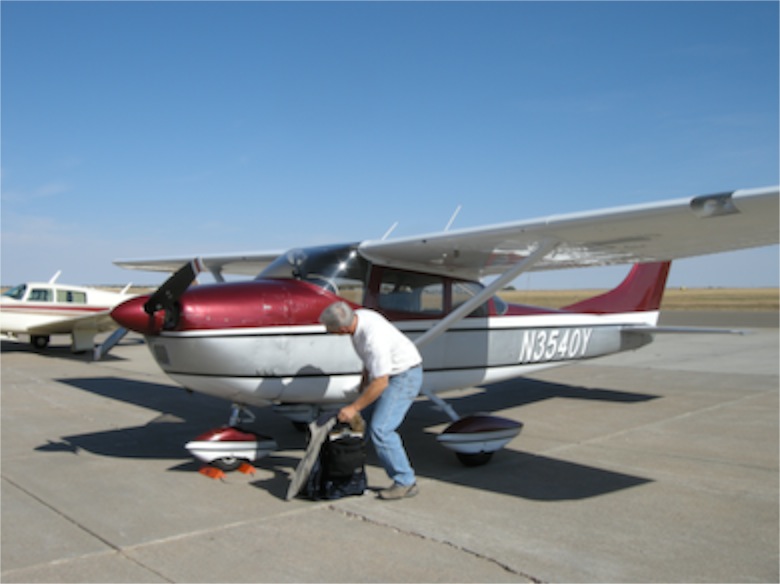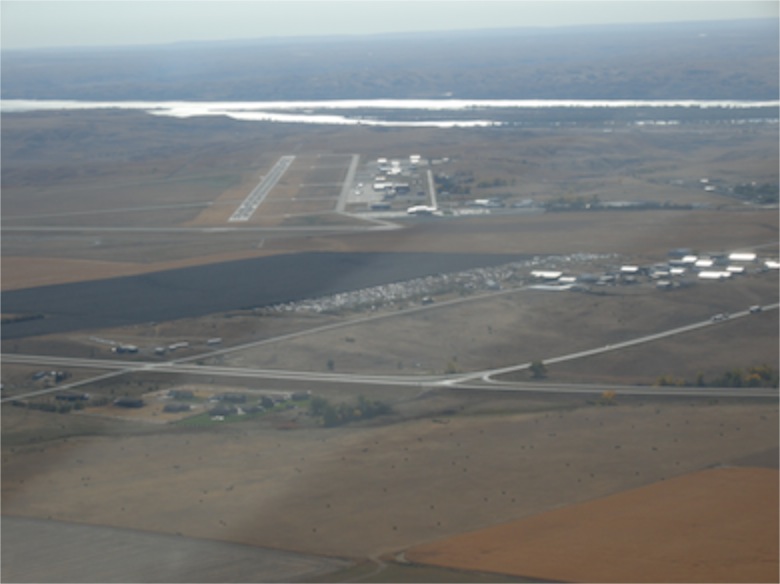Looking up
03/10/12 05:36

There is a big difference between fantasy and reality. The history of aviation is quite different from what I expected. I’ve don a bit of flying as an adult, but in general private aviation has been beyond my means. Flying safely simply requires a bigger investment of time and money than I am willing to make. Still, I am an “airport bum.” I enjoy hanging around airports, looking at the planes, talking with the pilots and occasionally getting a ride.
My level of participation in aviation has been my choice, really. I chose a vocation that isn’t at the top of the pay scales and I find a life of service to be more meaningful for me than a life invested in the pursuit of income and the acquisition of property. It has been my choice not to own an airplane and it would be possible for me to be involved in an airplane if I rearranged my priorities and made different decisions.

Yesterday, we had a meeting in Pierre and one of the members of our church who is a pilot offered to fly us up for the meeting. Of course I jumped at the opportunity and thoroughly enjoyed the flight. It did save me some time because Rob did all of the work of getting the airplane ready and putting it away after the trip, so I just went out to the airport, flew up, attended the meeting, and came home. It probably saved an hour overall to travel in that manner. It was a joy.
Our trip was in Rob’s beautiful and immaculately maintained Cessna 182. It is a very comfortable four-passenger craft. It is typical for a private airplane. It is nearly 50 years old. Rob and I were only 10 years old when that airplane was new. Parked on the ramp, it doesn’t stand out like some carefully preserved classic. A 1963 model car with a fresh paint job and a new interior would definitely attract attention. You don’t see that kind of car every day. That kind of airplane is normal at airports all around the country.
Cessna still makes the 182. The same basic design that they first started manufacturing in the 1950’s is still being produced by their factory. The price of a new C182, however, can top $450,000. That makes it beyond the reach of even quite wealthy flyers. For a lot less money, it is possible to stick with an older model, upgrade it and maintain it in such a way that it is safe and comfortable to fly.
It isn’t quite fair to say that the technology hasn’t changed in half a century. The basic shape and construction of the airplane is the same. The engines are virtually the same. But what has changed is the electronics and radios. Navigation and communications systems are vastly different and much more reliable than what was common in the 1950’s and 1960’s. Computers are a part of aviation these days, powering everything from satellite navigation receivers to sophisticated engine monitors. The instrument of a factory-new C182 looks a lot different than the one in Rob’s airplane, and the center of Rob’s panel, where the radios are, has been replaced with all new equipment since it came from the factory.

The story of my life is different in part because the times are different. The challenge that my father felt as he went about growing a successful small business has been different for me. I entered my vocation at the beginning of a decline in mainline Protestantism. My challenge has been to grow churches in a culture where churches are on decline. It has been no less of a challenge and the sense of meaning from my work has been deep indeed. But there are some days when I don’t feel like I am on the cutting edge of anything. Some days I feel like my job is to preserve memories of the past as much as inspire innovations for the future.
But when I look back, it seems like there have been more innovations in the ministry and in religious life than there have been in general aviation in the past half of a century. We are doing new things in new ways every day in the church. The emerging church is vastly different from the existing church. The future is exciting and open.
I still look to the sky even though I’m not an active pilot.